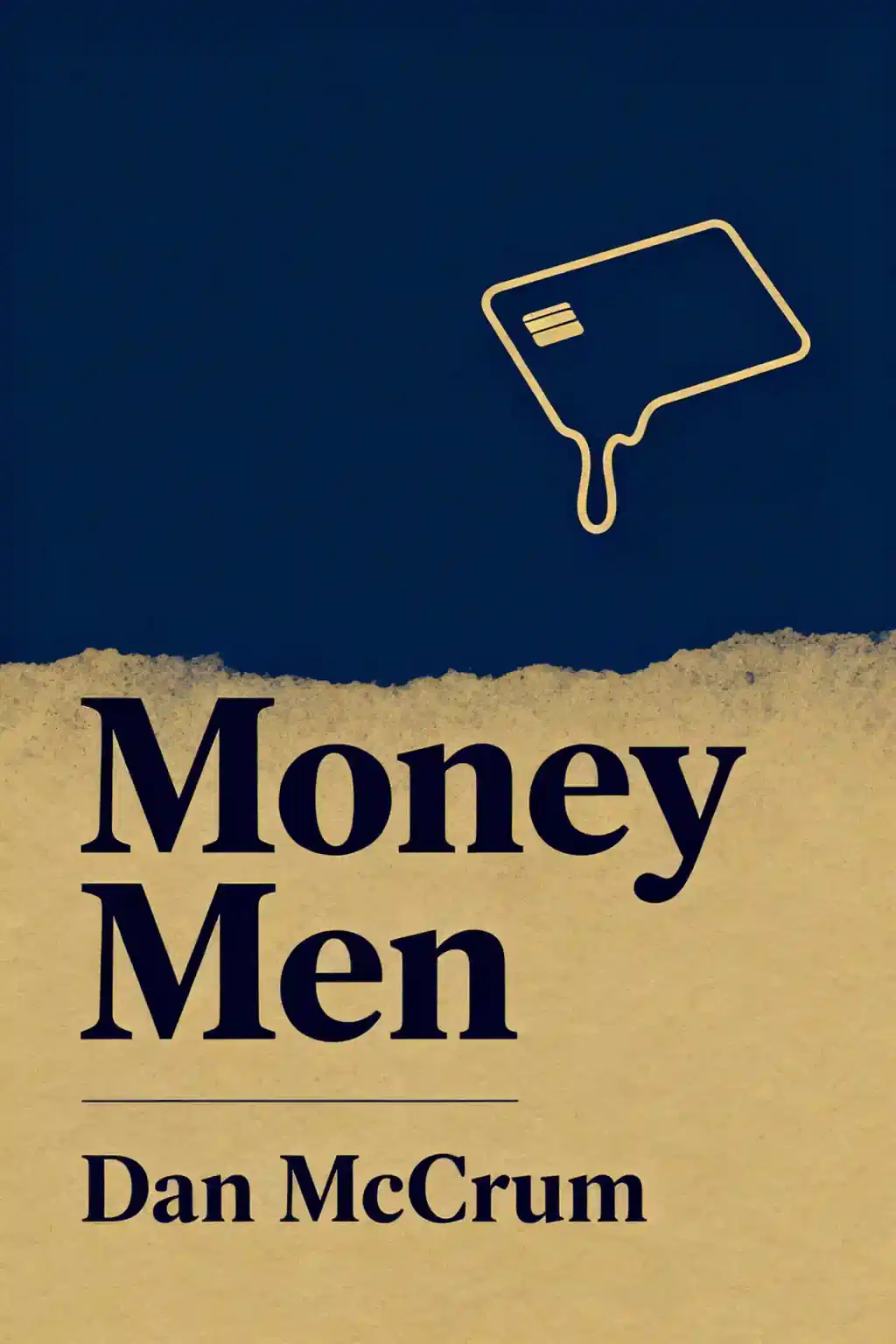What is
Bad Blood: Secrets and Lies in a Silicon Valley Startup about?
Bad Blood exposes the rise and fall of Theranos, a biotech startup founded by Elizabeth Holmes, which fraudulently claimed to revolutionize blood testing. Pulitzer-winning journalist John Carreyrou reveals how Holmes deceived investors, patients, and regulators with non-functional technology, fostering a toxic corporate culture of secrecy and intimidation. The book chronicles whistleblowers’ efforts to unravel the $9 billion scandal, culminating in Holmes’ criminal trial.
Who should read
Bad Blood by John Carreyrou?
This book appeals to true crime enthusiasts, business professionals studying corporate ethics, and anyone interested in Silicon Valley’s “fake-it-till-you-make-it” culture. Healthcare innovators will learn critical lessons about balancing ambition with scientific integrity, while entrepreneurs gain insights into governance red flags.
Is
Bad Blood worth reading?
Yes – it’s a gripping narrative combining investigative journalism with thriller-like pacing, winner of the Financial Times Business Book of the Year. Readers praise its chilling portrayal of corporate hubris and its relevance to modern startup culture. With a 6.3:1 insight-to-page ratio, it delivers frequent revelations.
How did Elizabeth Holmes deceive investors in
Bad Blood?
Holmes used fabricated demos of Theranos’ Edison device, falsified validation reports, and staged blood draws using competitor machines. She leveraged charismatic storytelling about “early disease detection” to secure $700+ million from investors, despite engineers knowing the technology couldn’t process more than 12 basic tests.
What psychological factors enabled the Theranos fraud?
Carreyrou identifies a “lollapalooza effect” of cognitive biases: investors’ faith in Holmes’ Stanford dropout narrative, FOMO (fear of missing out) in tech circles, and confirmation bias among board members like Henry Kissinger who lacked medical expertise. Employees faced sunk cost fallacy, fearing to admit their work was futile.
How does
Bad Blood critique Silicon Valley culture?
The book condemns the Valley’s tolerance for “vaporware” products and “move fast and break things” ethos when applied to healthcare. Theranos exploited this environment by prioritizing fundraising over functional technology, using NDAs to silence dissent.
What happened to Elizabeth Holmes after
Bad Blood?
Following Carreyrou’s 2015 exposé, Theranos dissolved in 2018. Holmes was convicted in 2022 on four counts of fraud, sentenced to 11.25 years prison, and fined $452 million. The trial revealed she continued deceptive practices even after FDA investigations.
How does John Carreyrou’s journalism background shape
Bad Blood?
As the Wall Street Journal reporter who broke the Theranos story, Carreyrou combines firsthand investigative rigor with narrative flair. His courtroom experience and access to whistleblowers like Tyler Shultz provide unprecedented detail about lab failures and legal threats.
What ethical lessons does
Bad Blood offer startups?
Key takeaways:
- avoid overselling unproven technology
- maintain transparent governance
- protect whistleblowers
The book highlights the dangers of prioritizing valuation over validation, particularly in regulated industries like healthcare.
How accurate is the
Bad Blood movie adaptation?
While Jennifer Lawrence was initially cast, Amanda Seyfried’s The Dropout (2022 Hulu series) remains the definitive screen adaptation, closely following Carreyrou’s reporting. The book itself is considered the most authoritative account, cited in federal trials.
What criticism does
Bad Blood face?
Some argue it underemphasizes systemic investors’ complicity in Silicon Valley hype cycles. Others note limited exploration of Holmes’ psychological motivations beyond ambition. However, its factual accuracy remains unchallenged.
How does
Bad Blood compare to other corporate scandal books?
Unlike Enron: The Smartest Guys in the Room, Bad Blood focuses on healthcare’s unique stakes – showing how faulty tests misdiagnosed cancer patients. Its narrative style blends with Michael Lewis’ financial exposés, while its tech focus parallels Billion Dollar Loser (WeWork).
Why is
Bad Blood relevant to healthcare innovation?
The case underscores the need for peer-reviewed validation before deploying medical technologies. Theranos’ rushed rollout – which produced erroneous HIV and cholesterol results – demonstrates life-or-death consequences of skipping clinical trials.




















